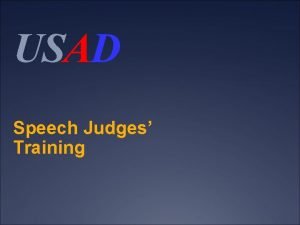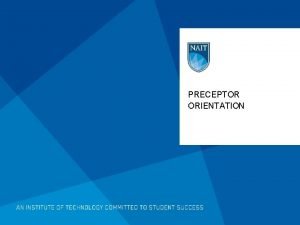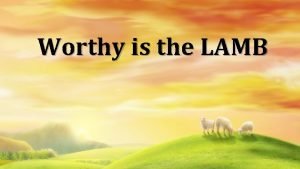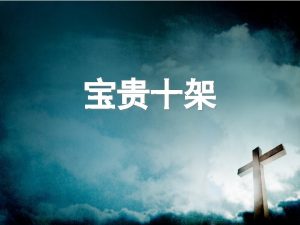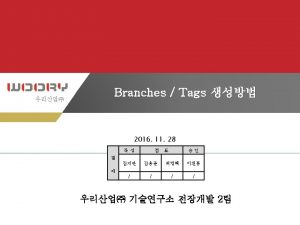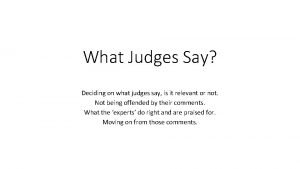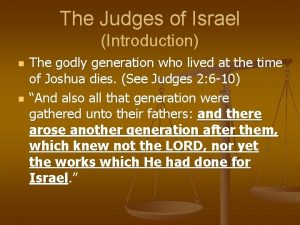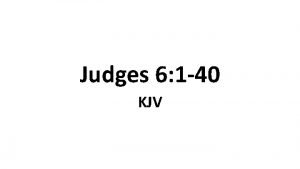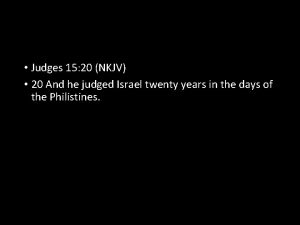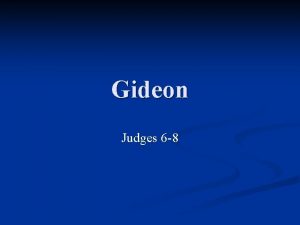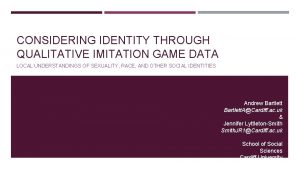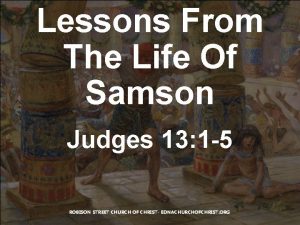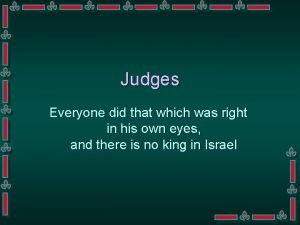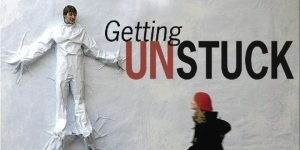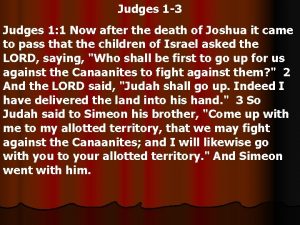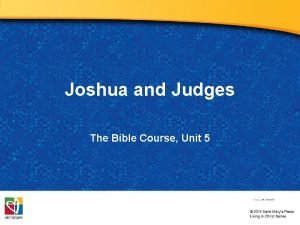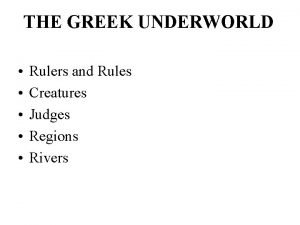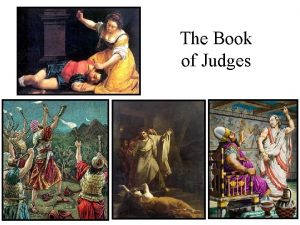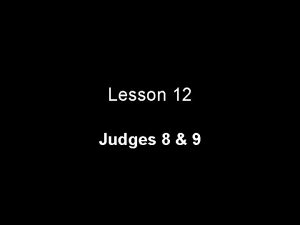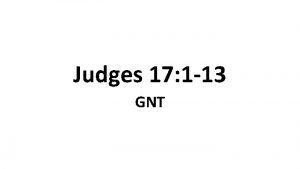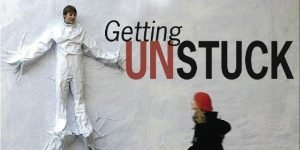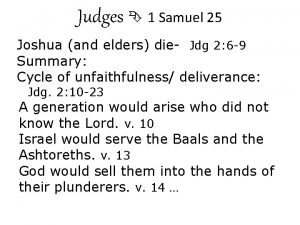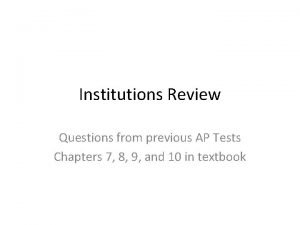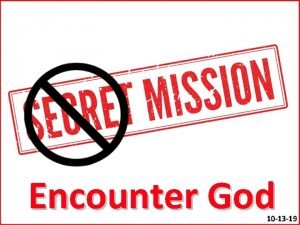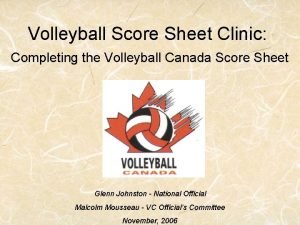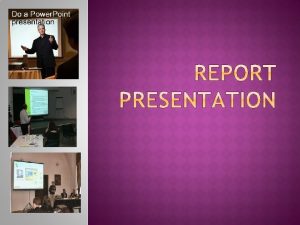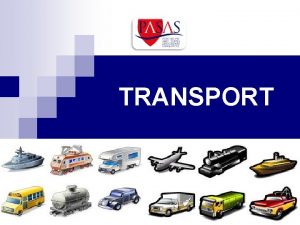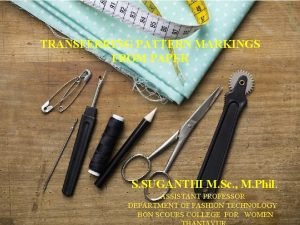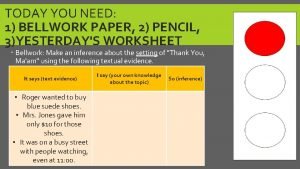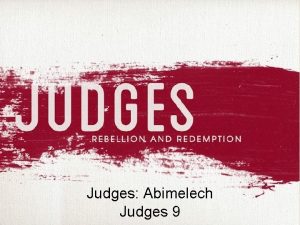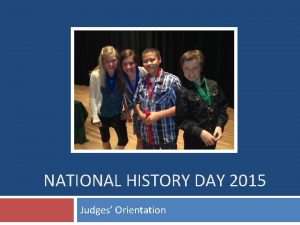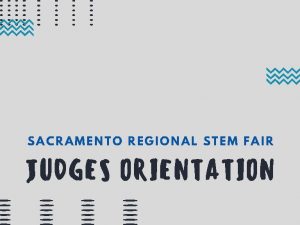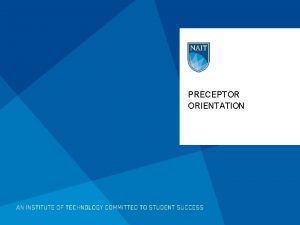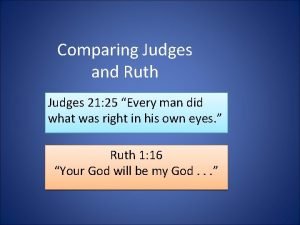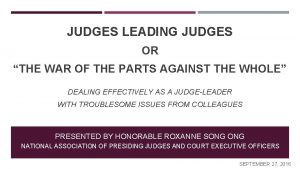Judges Orientation q Thank you q You are


















































- Slides: 50

Judges’ Orientation

q. Thank you! q. You are helping more than 1000 students across the state!

History Day: The Basics q. Grade Divisions q. Junior (6 th-8 th grades) q. Senior (9 th-12 th grades) q. Youth (4 th-5 th grades). q. Does not compete at national level. q. Five Categories* q. Paper (Junior/Senior only) q. Website q. Performance q. Exhibit q. Documentary (Junior/Senior only) *All categories can be done as an individual or in groups of 2 -5. Papers are individual only).

Logistics q. Your folder q. Lunch q. Restroom locations q. Where and how to find help q. What to do when you are finished judging entries q. Go to your scheduled lunch room q. What to do if you are on a runoff team or judging entries in a category with a run-off later in the day. q What’s in your folder q Master schedule for your room q Evaluation sheets for your projects q Interview questions q Evaluation form guidelines q Rank forms for your projects q 2014 -2015 Rule Book

Theme q This years’ theme is “Leadership and Legacy in History” q Remember: students should address both leadership and legacy in their topic.

Expectations of Judges

What you do 1. 2. 3. 4. 5. examine student projects. interview students to clarify understanding. evaluate the work based on: � a rubric with specified criteria � parameters spelled out in a rule book � an annual theme leave a lasting impression on students. have fun meeting interesting students and colleagues.

What Teachers Expect of You Be fair. Be consistent. Be open-minded. Pay attention (put away phones, remove hats). 5. Credit all student effort with considerate comments. 6. Treat every entry with the same level of respect and interest, whether you care for it or not. *based on 2013 Survey Results 1. 2. 3. 4.

What Students Expect of You 1. 2. 3. 4. 5. 6. Give me your full attention. Care about how much work I put into this. Help me feel at ease. Ask me what I know and why I care about this project. Tell me how I can improve. Encourage me to keep learning. *based on 2013 Survey results

Expectations of YOU: Dos and Don’ts � Do be aware of your personal bias about a topic. � Do ask the student(s) questions if you have doubts about how they created the project and do believe them if they can explain it. � Don’t ask personal questions (i. e. where they’re from, what school they go to, who their teacher is, etc. ). � Do treat every entry and student the same. � Do alert the coordinator immediately if you believe you cannot follow these guidelines or if you have a conflict of interest with a student on your schedule.

What kind of judge do you want to be? Negative Wanderer Lecturer Dominator Gusher Accuser Blurter Positive Encourager Inquirer Novelist Team Player

The Ideal Judge Is… �Kind �Fair �Neutral �Thorough �Clear �Encouraging �Positive �Consistent �A team player

Evaluating Entries: Viewing the projects

The Introduction q q q Call in each individual/group at their scheduled time. Start with a smile and a handshake. Let the students know what the process is, put them at ease. Ask for their process paper and annotated bibliography. Performance and Documentary judges should encourage students to begin setting up.

Read through the research q Skim their process paper and annotated bibliography. q Note any questions you may have about their sources or process (i. e. if you can’t find primary sources, if you notice a source missing you feel would be good for them to know about, etc. ). q Retain a copy for after the interview to help with your decision.

View the Presentation q Exhibit Judges: spend 5 -7 minutes reviewing the project before asking questions. q Performance and Documentary judges: you will tell students when to begin. q Website Judges: If you have not been able to review the project before competition then take 5 -7 minutes to do so before asking questions. q Paper Judges: You have already read the papers, so you can begin asking questions. q Performance, Documentary, and Website rooms are open to the public. q Take notes.

Expectations from Students: DOs and DON’Ts � Don’t ask for a 10 minute rehearsed presentation. ◦ They are expecting you to ask them any clarifying questions about the information with in their project. � Do expect to find their thesis, analysis, interpretation, and conclusion within their project. ◦ If it’s in their head, but not on their project then they have not followed the rules of History Day.

Ask Questions The interview portion should take about 5 -10 minutes. q Ask a minimum of 3 questions about their project: q How did you choose your topic? q Which source was most useful? q What is the most interesting thing you learned? q What was the most challenging part of your project/research? q End with: q q Is there anything you would like to tell us that we haven’t asked? q Do NOT: q Provide feedback (this is for your comment sheet). q Lecture them about their topic. q Make them cry.

Evaluating Entries: The Score Sheets

Student Entries q Topic choice: War doesn’t trump social topics and vice versa. q Topic is only judged on how the student relates it to theme and how they explain it’s significance in history. q You will evaluate entries using relative terms: q q “Superior” “Excellent” “Good” “Needs improvement”

Does thesis connect to the annual theme? q Is their research supported with evidence? q Statement of impact? q Are students giving their topic too much credit? q Judging Criteria: Historical Quality (60%)

Judging Criteria: Clarity of Presentation (20%) � Do not be swayed by glitz – Clarity of design is a evaluation category. Carpentry skills is not on the evaluation form. � Is the final project clearly organized? � Does it have a concise beginning, middle, and end?

Judging Criteria: Relation to Theme (20%) How do they understand leadership or legacy of the leader? Do they explain the significance to your satisfaction? How did it impact people, place, events, after?

Evaluating Entries: The Comment Section

The Comment Section q You are evaluating the work of young students. Expect quality, but do not hold them to graduate student standards. q Your comments should reflect why you scored a student the way you did. q For example: If you marked “needs improvement” in any area, you should explain why and offer suggestions for improving. q Remember when you were a student. What feedback would you want? q Your comments should: q. Provide positive, critical evaluation of their work. q. Suggest improvements for future contests or other projects. q. Support and encourage future research and interest.

Unacceptable Evaluation Form Example Problems: v. These comments tell the student nothing about what he did well or how he might improve. They are just flattery. v. Please don’t provide actual rankings or tell students they deserve an award. Even if an entry places first in the firstround, it may come in lower in the finals. These comments will be very confusing and potentially harmful! v. The judge clearly thinks this entry is superior. But why? What is so well done? And, is it flawless? There’s always room for growth. v. This empty space could be filled with comments. 26

Evaluation Forms: Best Practices Thought Constructive Comment This project needs a lot of work. You’re off to a good start. Consider strengthening your project by… Performance is just not your thing but your research is strong. Your courage at creating a performance is admirable, but another category might enable you to demonstrate your research better. The documentary sound quality was awful. The poor audio quality of your documentary distracted from the overall project. Consider testing your audio on different systems and in different settings. Your annotations don’t tell me Be careful to use your annotations to explain how you used your sources. whether you’ve even read these sources! Your project does not relate to Consider making a stronger case in your process paper for your project’s theme. relationship to theme. I don’t agree with your interpretation. Reading ___ would have strengthened your entry by providing additional information on which to base your interpretation. OR Historians disagree on interpretation of this topic. Your case would be strengthened by finding additional evidence for ___. 27

Better Example #2 Reasons: v. The comments are positive and criticisms are phrased constructively. v. Specific criticisms are backed up with examples. This reads like an action plan for improvement. v. The comments support the checkmarks. v. The comments end on a positive note and thanking the student for participating is kind and thoughtful. 28

Evaluating Entries: Rules Compliance

Judging Criteria: Rules Compliance Documentary Website Performances Exhibit Paper

The Basics q Exhibits q 500 student composed word limit. q 6’ tall, 40” wide, 30” deep. q Documentaries q 10 minutes in length, including credits. q Performances q 10 minutes in length q Papers q 1500 -2500 words q Websites q. No more than 1200 visible, student composed words. q. Video and audio clips total no more than 4 minutes (One 4 -minute clip, two 2 -minute clips, etc. )

Rules �What? ◦ The NHD contest has rules for all entries and specific rules for each category. ◦ Even if you’ve judged previously, always consult your rules if you have specific concerns. �Why? ◦ Parameters enable you to compare apples to apples. �The parameters of size, time, and words = Equalizers *Do Not invent your own rules.

Rules: Minor vs. Major Infractions

Evaluating Entries: Written Materials

The Process Paper q Paper copies must be provided for documentary, exhibit, and performance categories. Websites should have it integrated into the site. q Description of how the students created and researched their topic and how it relates to theme. q NOT a research paper about the topic.

Annotated Bibliography q The Rules: q. Primary and Secondary sources are separated. q. Make sure they have all the citation information: q date of publication, author, title, repository (if needed) q. Paper copies should be provided for documentary, paper, performance, and exhibit categories. Websites should have it integrated in the site. q. Annotations that explain: q. How the source was used. q. How the source helped in student understanding.

Annotated Bibliography q. Primary sources: created during, or a product of, the time being researched. Examples include: q Witnesses q Diaries q Letters q Documents q Newspaper articles q Artifacts q Photographs q Secondary: created through research that include the author’s own analysis and interpretation. q History textbooks q Encyclopedias q (Most) Biographies

Evaluating Entries: Things to Remember

More DOs and DON’Ts q Be consistent. q Stick to the schedule as much as possible. q. If judging websites, exhibits, or papers you have 15 minutes per project. q. If judging documentaries or performances you have 20 minutes per project. q Do not share comments verbally or tell the students who the winners are. q Do not give students their score sheets.

Judging myths � � � Projects have been seeded before you see them. You must choose one from the morning and one from the afternoon to advance. Special prize nominees must make finals or win 1 st or 2 nd place (state contest only). Performances need to turn in a script (no, they do not and do not ask for one). The thesis statement must be labeled (no, it does not, though some do). Students must have an interview with an expert in their project (many do, but it is not a rule).

Performances q Must be original. q Performers should display stage presence, including clear & audible voices. q Costumes should be appropriate for the topic and not confuse or overpower the performance. q Take into consideration nerves, forgotten lines, and audience applause or laughter when timing the performance. q One judge on the team should be the timekeeper.

Documentaries q Should be a documentary, something you might see on PBS. It should not simply be a performance on videotape. q Students must have operated all the equipment to create their documentary. q The room will be dark – please stay awake! q One judge on the team should be the timekeeper.

Papers & Web Sites q Papers and web sites have been read and reviewed ahead of time. q Now is the time to interview students about their work. q. You are asking questions to clarify their project, make sure they did the work, and give them a time to show off their hard work.

Exhibits �It’s not all about the design. ◦ They need to have all the information for you to understand their topic, it’s relation to theme, and it’s significance visible on the exhibit. �Spend equal time with each project.

I’m done with judging, now what?

After the Interview q Return to the judge’s room to discuss. q Do not discuss your results where teachers, students, or parents can hear your opinions. q Allow each judge to voice their opinion. q Everyone should feel good about the final decision.

The Results q Make sure you’ve made all the comments you need to. q Determine the strongest projects. q Complete the provided results form. q Submit form and judging sheets to History Day Staff. q If Necessary: A second round of judging will combine your results with other top projects from your category to determine who advances.

State Contest Only

Final rounds � The below categories will have a finals round after scheduled judging: ◦ ◦ ◦ ◦ Junior Group Documentaries (2 teams) Junior Group Exhibits (5 teams) Junior Group Websites (2 teams) Junior Individual Exhibits (3 teams) Junior Individual Websites (2 teams) Junior Papers (2 teams) Senior Group Exhibits (2 teams) � What that means: ◦ After regular judging has concluded (by 11: 45) each team will choose the top two projects from their grouping. ◦ They will then collaborate with the other teams for their category to determine the overall top three projects. ◦ The top two will advance to nationals. The third will serve as alternate.

THANK YOU!!!
 Antigentest åre
Antigentest åre Thank you speech for judges
Thank you speech for judges Thank you judges
Thank you judges Preceptor
Preceptor Thank you note to preceptor after orientation
Thank you note to preceptor after orientation Examples of companies following ethnocentric approach
Examples of companies following ethnocentric approach Thank you for listening
Thank you for listening The darling of heaven crucified
The darling of heaven crucified Thank you lord for dying on the cross
Thank you lord for dying on the cross Thank you any question?
Thank you any question? What do judges do
What do judges do Judges of israel chart
Judges of israel chart The judges of israel
The judges of israel Judges 6:1-40
Judges 6:1-40 Judges 20 nkjv
Judges 20 nkjv Judges 10:1
Judges 10:1 Judges 6-8
Judges 6-8 Imgames
Imgames Ereckson middle school cheer
Ereckson middle school cheer Oveies
Oveies Judges 13-16
Judges 13-16 Lessons from judges
Lessons from judges Judges everyone did what was right
Judges everyone did what was right Judges 7 3
Judges 7 3 Judges 3:5-6
Judges 3:5-6 Judges 14 1-20
Judges 14 1-20 Judges 1-3
Judges 1-3 Joshua and judges summary
Joshua and judges summary Greek underworld monsters
Greek underworld monsters Questions about the book of judges
Questions about the book of judges Judges 8 lesson
Judges 8 lesson Proverbs 13 gnt
Proverbs 13 gnt Judges 13 - 16
Judges 13 - 16 The devil judge16
The devil judge16 Judges 11:29-39a
Judges 11:29-39a Judges 6 33-40
Judges 6 33-40 Line judges in volleyball
Line judges in volleyball Judges 25
Judges 25 Judges 11:34-40
Judges 11:34-40 The idea that judges ought to freely strike down
The idea that judges ought to freely strike down Judges 6 25-26
Judges 6 25-26 The idea that judges ought to freely strike down
The idea that judges ought to freely strike down Thank you for your attention
Thank you for your attention Welcome thank you for joining us
Welcome thank you for joining us Welcome and thank you for joining us
Welcome and thank you for joining us Volleyball canada scoresheet
Volleyball canada scoresheet Thank you gentlemen
Thank you gentlemen Advantage and disadvantage of road transport
Advantage and disadvantage of road transport Job shadow thank you letter
Job shadow thank you letter Used to transfer marks from the pattern to the fabrics
Used to transfer marks from the pattern to the fabrics Thank you ma'am setting
Thank you ma'am setting

